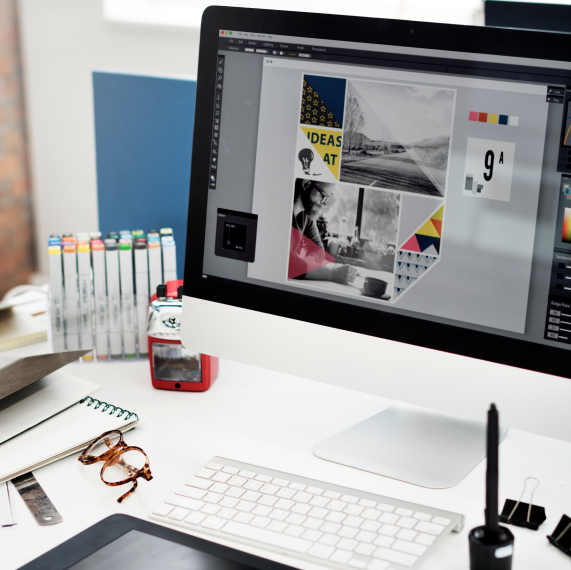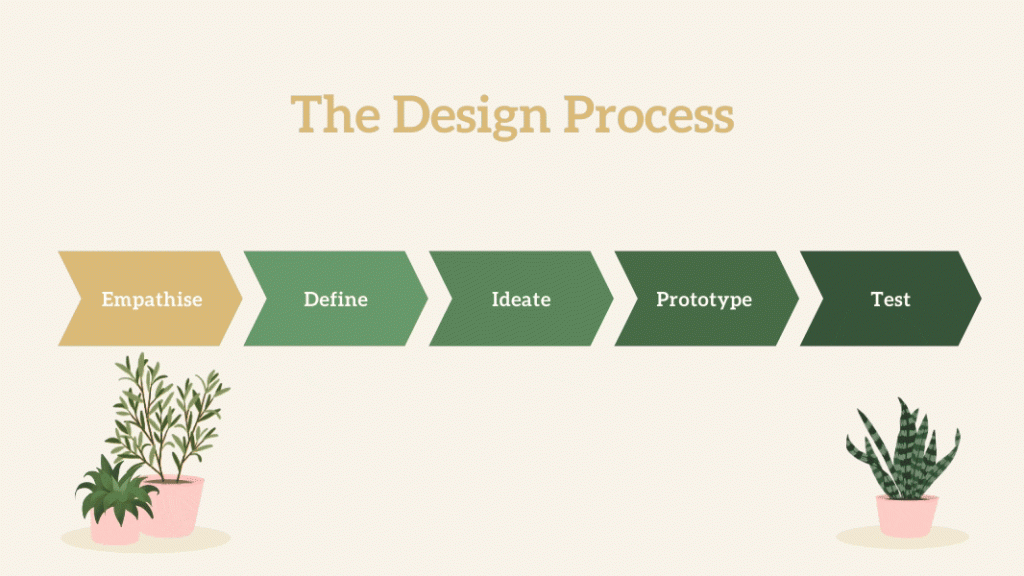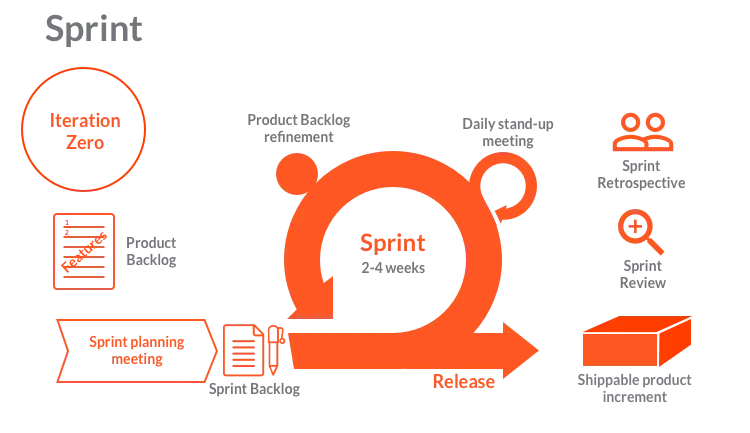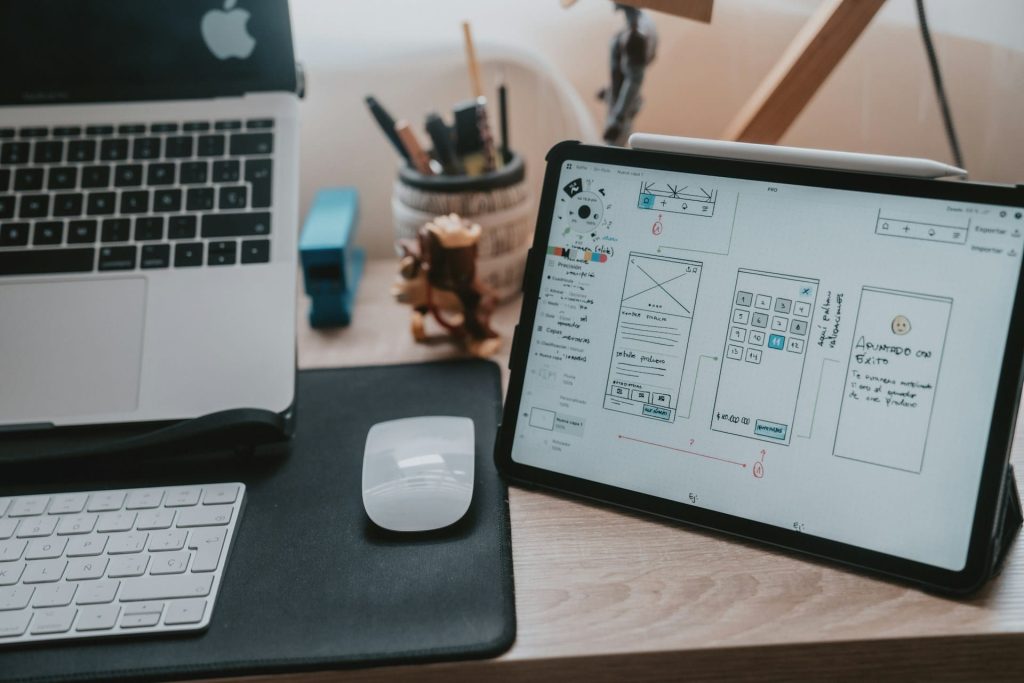In the world of software engineering, the term “product design” often evokes a sense of creativity, innovation, and user-centric thinking. But what exactly is product design in this context? How does it differ from other aspects of software development, such as coding and testing? In this article, we will delve into the world of product design in software engineering, exploring its principles, processes, and significance in the creation of successful software products, along with its connections to design principles and programming languages.
Defining Product Design
Product design in software engineering is the process of conceptualizing and creating the user interface and overall user experience of a software product. It’s a multifaceted discipline that encompasses several key elements, including user research, user interface (UI) design, interaction design, information architecture, and usability testing. The primary goal of product design is to ensure that the software not only functions effectively but also provides a seamless and satisfying user experience.

Key Elements of Product Design
User Research:
User research is the foundation of product design. It involves understanding the needs, behaviors, and preferences of the target audience. This often includes conducting surveys, interviews, and usability testing. By gathering and analyzing data, product designers gain insights into the pain points and desires of users, allowing them to create software that caters to these needs.
User Interface (UI) Design:
The UI design aspect of product design focuses on the visual elements of the software, including layout, color schemes, typography, and graphic assets. UI designers create aesthetically pleasing and functional interfaces that are consistent with the brand and appealing to the target audience.
Interaction Design:
Interaction design is concerned with how users interact with the software. It deals with the design of interactive elements, such as buttons, menus, and navigation. Interaction designers aim to create intuitive and user-friendly interfaces that guide users seamlessly through the software.
Information Architecture:
Information architecture is the organization and structuring of information within the software. It involves defining the hierarchy of content, ensuring easy access to relevant information, and creating a logical flow of tasks. A well-designed information architecture is essential for efficient navigation and user comprehension.
Usability Testing:
Usability testing is the process of putting the software in the hands of real users to evaluate its effectiveness. It helps identify any usability issues, such as confusing navigation or features that users find difficult to use. Usability testing is an iterative process, with the results informing design refinements.

The Product Design Process
Product design follows a systematic process to create software that meets user needs and expectations. While specific methodologies may vary, the following steps represent a general product design process:

Research and Analysis:
The process begins with thorough research to understand the target audience, their needs, and the competition. This stage also involves studying industry trends and best practices.
Ideation:
During the ideation phase, product designers brainstorm and sketch out ideas for the software’s user interface and functionality. These ideas are often refined and combined to create a coherent design concept.
Wireframing and Prototyping:
Wireframing involves creating basic, low-fidelity representations of the software’s layout and structure. Prototyping takes it a step further by adding interactivity to these wireframes. These visual aids help designers and stakeholders visualize the final product.
UI and Interaction Design:
This stage involves crafting the final user interface and defining the interaction patterns. UI designers create high-fidelity mockups, while interaction designers ensure that the software’s behavior is intuitive and user-friendly.
Usability Testing:
Usability testing is an ongoing process that takes place at various stages of design. Real users provide feedback on the software’s usability, and designers use this feedback to make iterative improvements.
Implementation:
Once the design is finalized and approved, developers begin implementing the software according to the design specifications. Collaboration between designers and developers is crucial to ensure the design is faithfully executed.
Continuous Improvement:
Product design doesn’t end with the release of the software. Designers monitor user feedback and analytics to identify areas for improvement, leading to updates and enhancements over time.

Significance of Product Design in Software Engineering
Product design plays a crucial role in software engineering for several reasons:
User-Centric Approach:
A strong focus on user research and design ensures that the software is built with the end-users in mind. It increases the likelihood of creating a product that aligns with user expectations and preferences.
Competitive Advantage:
In a crowded market, where similar software solutions are often available, a well-designed product can set a company apart from its competitors. Users are more likely to choose software that offers a superior user experience.
Reduced Development Costs:
Effective product design helps identify and address usability issues early in the development process, reducing the likelihood of costly design changes and rework during implementation.
Higher User Satisfaction:
A well-designed product not only meets users’ functional needs but also provides an enjoyable and satisfying experience. This leads to increased user satisfaction and loyalty.
Improved Accessibility:
Good product design takes accessibility into account, making software usable for people with disabilities. This not only ensures compliance with legal requirements but also widens the software’s user base.
Faster Adoption:
Software that is intuitive and easy to use requires less training and support, accelerating user adoption and reducing the learning curve.

Challenges in Product Design
Product design in software engineering is not without its challenges:
Changing User Expectations:
User expectations evolve rapidly, and designers must stay up-to-date with the latest design trends and user preferences to remain relevant.
Balancing Design and Functionality:
Striking the right balance between an appealing design and the software’s functional requirements can be challenging. Design should never compromise functionality.
Cross-Platform Compatibility:
Designing for multiple platforms and devices requires a deep understanding of responsive design and user experience considerations on different screen sizes and operating systems.
Consistency:
Maintaining design consistency across different parts of the software can be challenging, especially in larger teams or over extended development cycles.
Design Principles:
Design principles, such as simplicity, consistency, and clarity, are integral to product design. Adhering to these principles ensures that the design is effective and user-friendly. Simplicity, for example, emphasizes the importance of keeping the user interface uncluttered and straightforward, while consistency promotes a uniform look and behavior throughout the software. Clarity focuses on presenting information and functionality clearly and understandably.
Programming Languages:
The choice of programming languages can significantly impact the implementation of the design. Some languages and frameworks are better suited for creating interactive and visually appealing user interfaces. Designers and developers must collaborate to ensure that the chosen programming languages align with the design requirements and aesthetics.

Conclusion
Product design in software engineering is a critical element in the development of successful and user-friendly software products. It involves user research, user interface and interaction design, information architecture, and usability testing to create a seamless and enjoyable user experience. By adhering to a systematic design process and continually improving based on user feedback, software developers can create products that meet and exceed user expectations. In a competitive landscape, well-executed product design can be a differentiator that not only attracts users but also keeps them satisfied and engaged with the software. As technology continues to advance, the importance of product design in software engineering is only expected to grow, making it an essential
Get a New Way to See the World. Connect with us today and let us know how we can help you. Read more innovative stuff here.
For any questions, suggestions, feedback, or comments, please E-mail us. [email protected]
Thank You!
Follow and clap for more industry trends and news.



